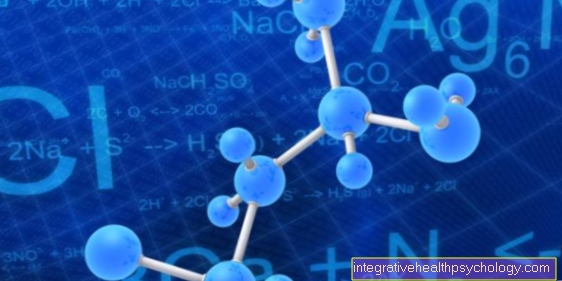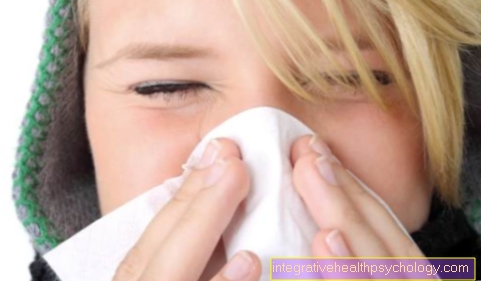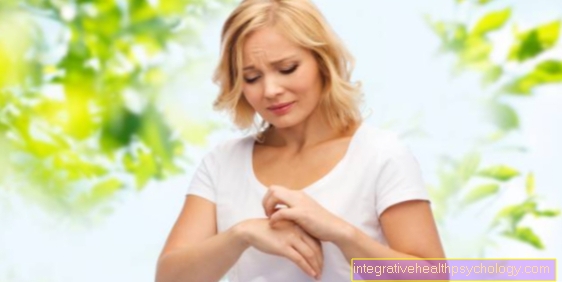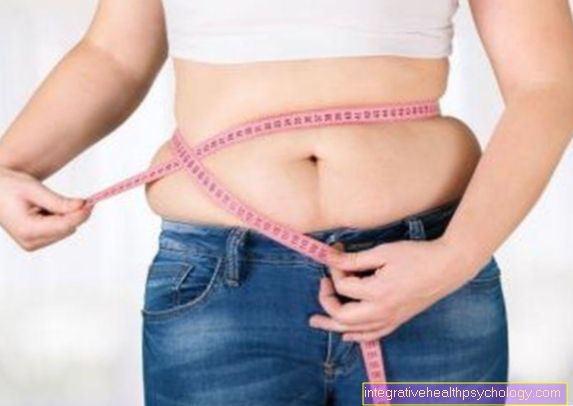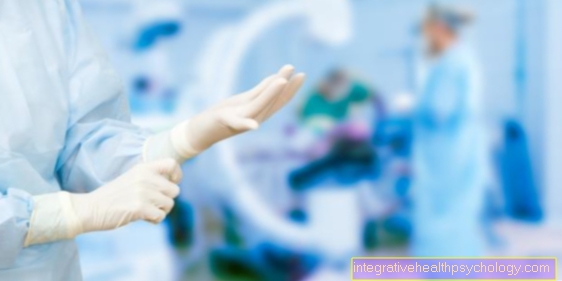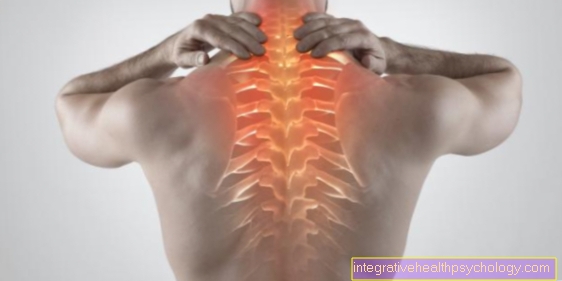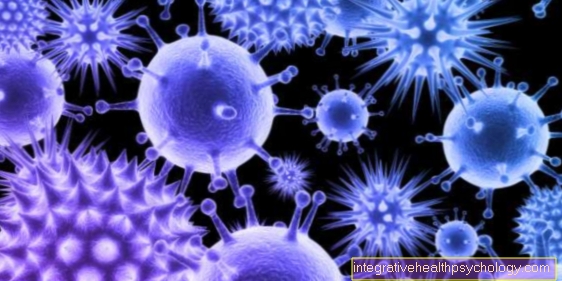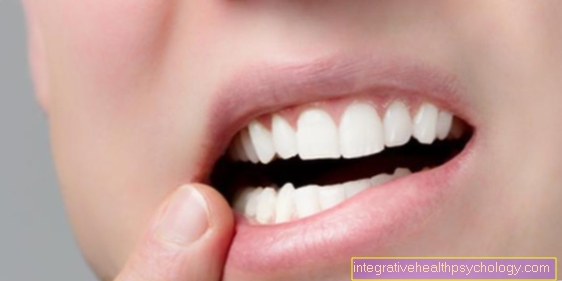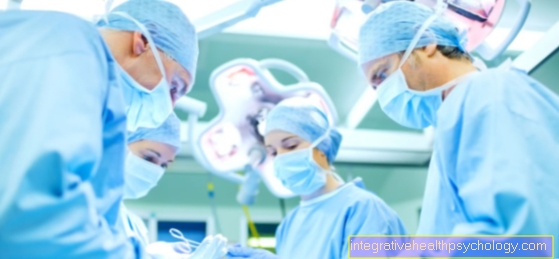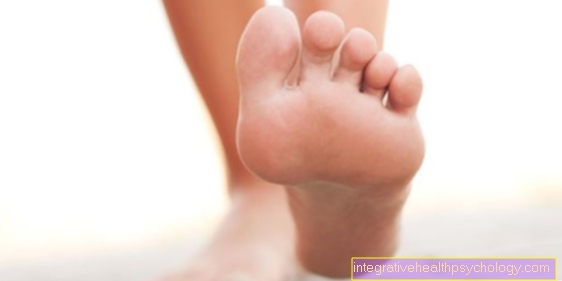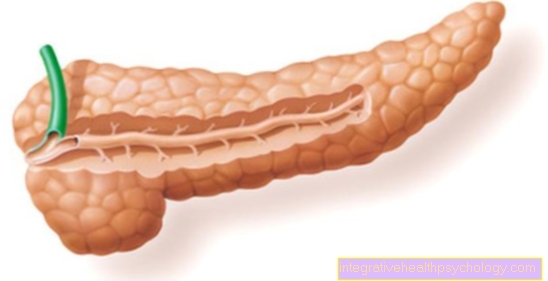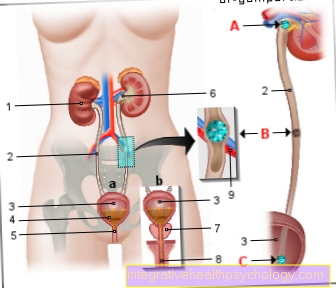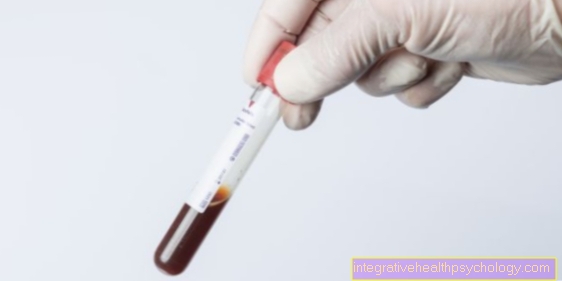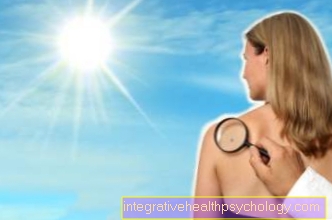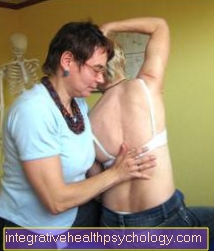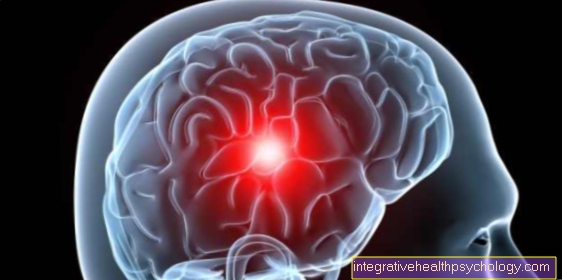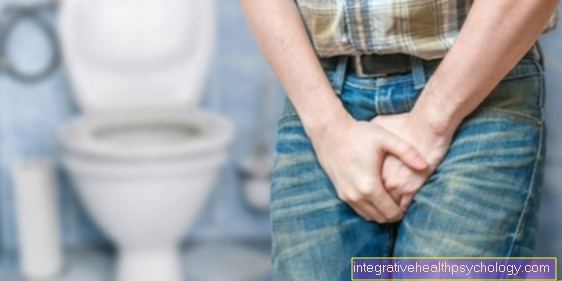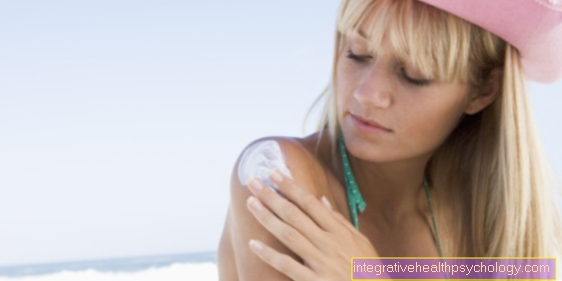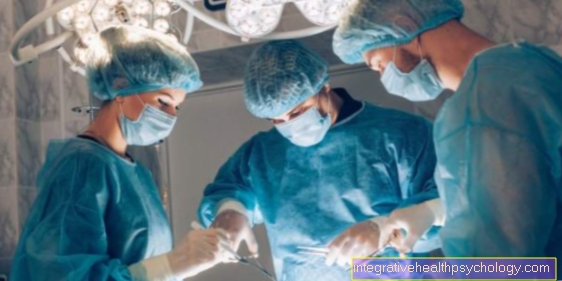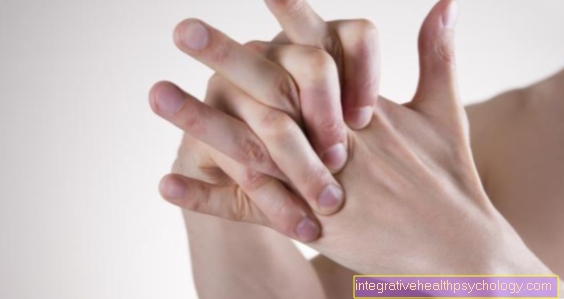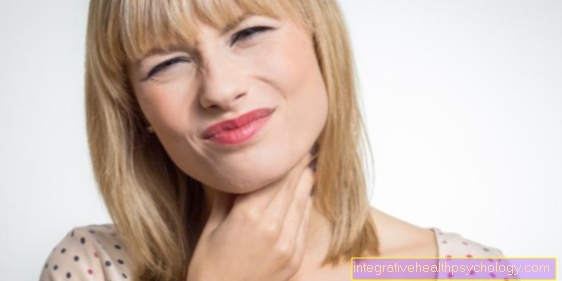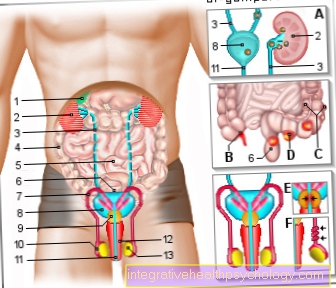Acupuncture technique
introduction

In addition to the correct choice of points, the correct needle stimulation technique is also decisive for optimal therapy success. The aim of every therapy is the so-called piercing of the needles "De-Qi feeling" trigger. It literally means "the stimulus arrives" or "Arrival of Qi". The patient feels a mostly previously unknown feeling, which is described as pulling, as with sore muscles, pressure, heaviness, warmth, tingling, tension or simply electrifying, as after an electric shock. The needle feel can occur locally, but also along the meridians. The optimal spread is in the direction of the diseased region. When the doctor has inserted the needle, he should first feel that the needle is in place "Glides through butter"until the needle is suddenly drawn in. Symptoms such as a brief muscle twitch, a red halo on the skin or changes in temperature can also be observed.
Finding the acupuncture points
For the correct location of each Acupuncture points there are different methods. Many acupuncture points are at anatomically distinctive locations, e.g. in depressions, on muscle and tendon attachments, in skin gullies, over joint gaps, on protruding bones, etc. In addition, points can be due to the changed consistency of skincan be felt by tenderness to pressure, swelling and braking effect when the palpating finger gently glides over. Some points can only be found by adopting a certain posture, e.g. Flexion of the elbow. The Chinese use the as a unit of measurement for distances on the body "Cun". 1 cun corresponds to the thickness of a thumb, 1.5 cun index and middle finger width, 2 cun the entire length of the middle and end phalanx of the index finger and 3 cun the width of the 4 fingers without thumb. When measuring with the finger cun, it is important that the patient's fingers, not the therapist's, are the unit of measurement. The body cun, on the other hand, takes into account the proportions of the individual body sections through regional measurement sections. For example, 8 cun describes the length of the upper arm, 19 cun that of the thigh.
Position the patient
Positioning the patient is also important. Wide beds and positioning aids such as pillows or rolls are advantageous for relaxed positioning. The mostly undressed patient should be covered with light silk or wool blankets. The standard position for the prophylaxis of needle collapse and for better relaxation is the supine position. The disadvantage here is that points on the back can only be needled to a limited extent. The prone position is mainly in the Moxibustion Taken from points on the back or by needling the bladder meridian (located on the back). All points are achieved well while sitting or standing. The disadvantage is an increased risk of collapse and little relaxation.
Needle selection
When choosing a needle, you should have both Age and constitution of the patient and the location of the puncture. The international standard is sterile single-use needles made of steel with a length of 3 cm (without handle) and a thickness of 0.3 mm. A spiral handle made of metal is advantageous for additional stimulation with electricity, otherwise plastic handles are sufficient. Especially in the French Ear acupuncture gold and silver needles are also used.
Stitch techniques

There are several Stitch techniques in the acupuncture. To be mentioned are those One-handed technique and the Two-hand technique. With the former, the needle is held between thumb and forefinger and pierced 2-3mm deep in a flash. The needle is advanced into the subcutis under slight pressure and with a slight twist, and only then do you begin to stimulate by turning, lifting and lowering the needle, and the aforementioned "De-Qi feeling" trigger. The needle must not be bent or kinked. This method requires a lot of practice and skill. In the Two-hand technique the needle is held with the thumb, index and middle finger. The second hand tensions, presses, fixes or folds the skin area to be pricked. The tip of the needle touches the skin lightly at first, then it is guided downwards with a rapid back and forth movement. In China, in order to save needles, several points are reached with just one needle in certain cases. You go with the needle from one acupuncture point to another without injuring the skin again. Under no circumstances should the tip of the needle perforate the skin in a second place.
The stitch depth results from the position and anatomy of the point to be treated. Basically it can be said about the stitch depth that the goal is to achieve the "De-Qi feeling". However, the top priority here is that an internal organ, a nerve or a blood vessel should never be injured and that the doctor should never prick a region without knowing its anatomy. The tip of the needle should always point in the direction of the diseased region in order to direct the feel of the needle into it.
The angle of puncture depends on the structure under the skin. The 90 degree puncture angle comes mainly from in question for muscle-rich regions. The inclined puncture angle of approx. 45 degrees is mainly used used around joint spaces. A tangential or horizontal stitch of 15-30 degrees comes into question where the Musculature is thin or where there are sensitive anatomical structures underneath, e.g. on the skull or above the spaces between the ribs. However, this technique is also used to reach multiple acupuncture points with one needle.
Depending on the type of needling, energy can be supplied or withdrawn from the patient. A distinction is made between toning technology - "Bu"(toning, adding, strengthening); Strengthening of the organism in deficiency and emptiness states and underfunction - and sedative technique - "Xie" (sedate, divert, weaken); in acute, painful diseases, pain in the musculoskeletal system or inflammation).

